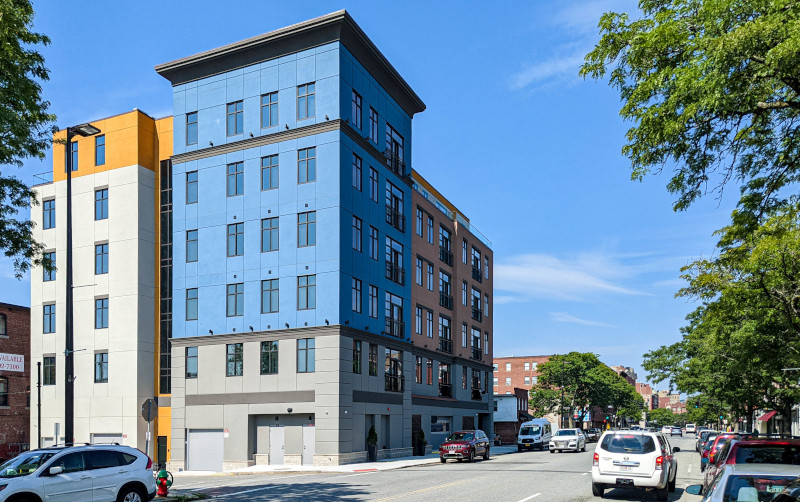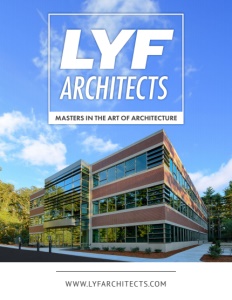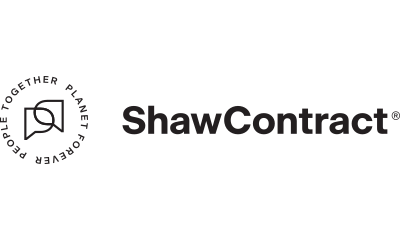LYF Architects, Andover, Massachusetts
Masters in the Art of Architecture
Low energy design solutions for the 21st century
There are key elements that go into design success and only the leading players understand what is required to provide the best client fit. For LaGrasse, Yanowitz & Feyl (LYF) Architects, a collaborative team transforming architectural visions into reality, translating clients’ visions, and communicating the process have proven to keep them on the leading design edge.
The firm’s professional services span Architecture, Interior Design, Master Planning, and Project Management, serving all of New England with a focus on the Boston metro area.
Established in 1982 as J.D. LaGrasse and Associates, LYF Architects boasts an extensive portfolio and vast experience across diverse building and development sectors. Renowned for residential, commercial, and light industrial design expertise, projects range from multi-family neighborhoods to retail, restaurants, and office complexes that also may form mixed-use developments, along with storage and light manufacturing facilities.
LYF’s success is attributed to actively communicating with clients and ensuring creative solutions meet their budget, goals, and schedule requirements. The company prides itself on its core values of continual evolution, creativity, learning, and adaptability, embracing the dynamism inherent in today’s architecture.
Principals Mark Yanowitz and Ken Feyl, completed an asset purchase of J.D. LaGrasse and Associates in 2020. Building upon the legacy of Joe LaGrasse they started LYF Architects. Yanowitz explains, “Building upon this legacy we value the history of strong ongoing relationships with clients and the community.”
As the architectural landscape strengthens, LYF Architects stays agile and responsive, embracing progress while respecting timeless design principles. Their commitment to excellence is clear in the meticulous attention to detail that characterizes every project. Whether it is the careful planning of a residential space, the seamless flow of a commercial building, or the efficiency of a light industrial facility, LYF Architects consistently offers personalized solutions that cater to the distinct needs of every project.

Design Process—Understanding the Client
The design process starts with a crucial step: listening to the client and understanding their goals, whether for a multi-phase or single-project endeavor. Key to this stage is understanding the buyer’s needs, goals, and resources.
Yanowitz, with a design-build approach informed by extensive contractor experience, emphasizes the challenge to optimize program scale and design solutions with the targeted budget. “With recent supply chain issues and inflation, we feel that it is important to understand a realistic budget early in the design process. If clients don’t have internal cost estimation abilities, we will introduce the client to qualified contractors to assist in validating a budget early on.” Once a realistic budget is formed, a client can be more comfortable going forward with the design and a developer can be more financially confident as they present a project to the community and seek municipal approvals.
Ideas flourish, often sparked by the client’s inspirations, so post-conceptualization and project trajectories vary.
Yanowitz underscores the shift from traditional approaches, advocating cost-benefit analysis during design to mitigate post-bid frustrations. “We bring a value engineering assessment into the design process. Over time, the contractor builds trust and becomes an indispensable partner to the client.
Avoiding the pitfalls of unfeasible dreams, this transparent and collaborative method aligns the buyer, architect, and contractor. By conducting a thorough analysis during the design phase, LYF minimizes inefficiencies, fosters relationships, and increases the likelihood of the next phase adhering to timelines and budgets. This ensures a smoother and stress-free experience for everyone involved.
Feyl knows the architecture and construction world has transformed over time. “It used to be a confrontational battle. It has become more collaborative, creating a superior design process.”
Sustainable Design Principles
In the 21st century, global recognition of climate change propels a push for more stringent energy codes worldwide. Governments emphasize accountability in lowering energy demand and increasing efficiency throughout the build environment.
As energy codes continue to evolve to meet higher standards, energy solutions for existing buildings are now as critical as new construction projects. Clients, especially those keeping projects long-term, are more inclined to understand life cycle costs and consider the on-going expenses of operating a building.
LYF Architects gives precedence to green design principles, advocating for higher-performing, energy-efficient structures using durable materials. The firm’s health considerations align with the trend toward tighter buildings. Yanowitz explains, “We offer controlled ventilation to bring in fresh air and filter outdoor allergens and air pollution.” Sustainable design extends to interior materials, avoiding off-gassing and promoting healthier indoor environments.
Ecological measures involve local sourcing and using materials from nearby communities to reduce transportation costs. “We don’t need to import exotic woods from Asia or materials like that,” states Yanowitz. Water efficiency and storm water management are other components of a comprehensive approach.
LYF involves owners, contractors, and even future maintenance personnel early in the project’s development. Holistic solutions aim for consensus among involved parties, fostering efficient building operations. Feyl adds, “There are projects without specific sustainability goals. Our staff will incorporate those elements into our buildings, even if not a stated client goal, so we are responsible to our world.”
While sustainability is an ecological concern, it is surprisingly a financially practical one. Modeling shows investments pay for themselves, especially for those intending to hold onto the building for a prolonged period. This approach contrasts with the expedient, cost-focused strategy of building to sell for immediate profit, highlighting the multifaceted benefits of an eco-friendly design approach.

Residential and Multi-Family Projects Fuel Commercial Development
The apartment sector dominates the current demand landscape, particularly the rental market. This surge is due to the ease of financing these projects. “The developer does not have to pre-lease units, since banks have confidence in achieving full occupancy,” states Yanowitz. Apartment units are the superior choice for developers seeking straightforward financial backing.
Beyond the financial appeal, municipalities pursue multi-family developments to support their master plans, recognizing the positive impact on local businesses through increased resident populations. Yanowitz emphasizes the symbiotic relationship between housing and retail or office spaces. “It is often advantageous for communities to bring in more multi-family projects, as a growing population only supports local businesses and increases tax revenue.” This relationship is pivotal in civic planning.
Recognition of the need for diverse housing solutions is gaining prominence, extending beyond affordable housing to include options for young professionals, empty nesters, older adults, and accessible housing. The financial viability of communal living, coupled with broader societal benefits, positions it as a key driver in the region’s development.
Advancing into the Future
LYF is in the process of hiring a financial controller, a rare role in architecture. “It is an investment in growth we need and expect,” states Feyl. “We have to plan for our future.” In turn, investments in IT infrastructure, employee education, and advanced rendering and drafting software, specifically Revit, enhance efficiency and deliver superior products to clients that will propel us forward.
Involving a business coach has improved LYF’s planning, organization, and systems. Shifting to a more productive project planning software from accounting software is in line with project development and addresses challenges in the design and building stages. This approach ensures better business management, moving from reactive to proactively managing business goals.
The firm’s dedication to networking and fostering lasting relationships aligns with the company’s trajectory. While specializing in multi-family housing, corporate office design, and restaurant design, the firm is extending its reach to new markets.
“We are doing lab work for the first time, and we have recently developed a dental office niche.” The company is dedicated to flexibility, ongoing expansion, and development in various industries. “Continuing to diversify our project and client base is paramount to respond to a dynamic world that is always facing change,” says Feyl. “Fostering and maintaining lasting relationships is key, because at the end of the day, what you want a client to say is “I have a new project and I am coming back to you.”
Client loyalty speaks volumes and extends beyond partner-made connections to the relationships LYF’s staff build through business development, client maintenance, effective communication, and respectful treatment. These elements are pivotal and lay the foundation for repeat customers, referrals, and future projects.
In the dynamic world of architecture, LYF Architects has evolved into a multidisciplinary powerhouse. This organization offers Architecture, Interior Design, Master Planning, and Project Management services.
Their commitment to fostering relationships, embracing sustainability, and adapting to industry demands positions them as trailblazers in the architectural landscape, crafting narratives that strengthen the communities their projects are located in.
AT A GLANCE
LYF Architects
Principal – Kenneth Feyl, AIA, NCARB
Principal – Mark Yanowitz, LEED AP, Assoc. AIA, UCSL
WHAT: An architectural force with environmentally conscious design principles.
WHERE: North of Boston in Andover, Massachusetts, United States.
WEBSITES: LYFarchitects.com
PREFERRED VENDORS
Goldstein/Milano LLC – brg@gm-se.com | cpm@gm-se.com




